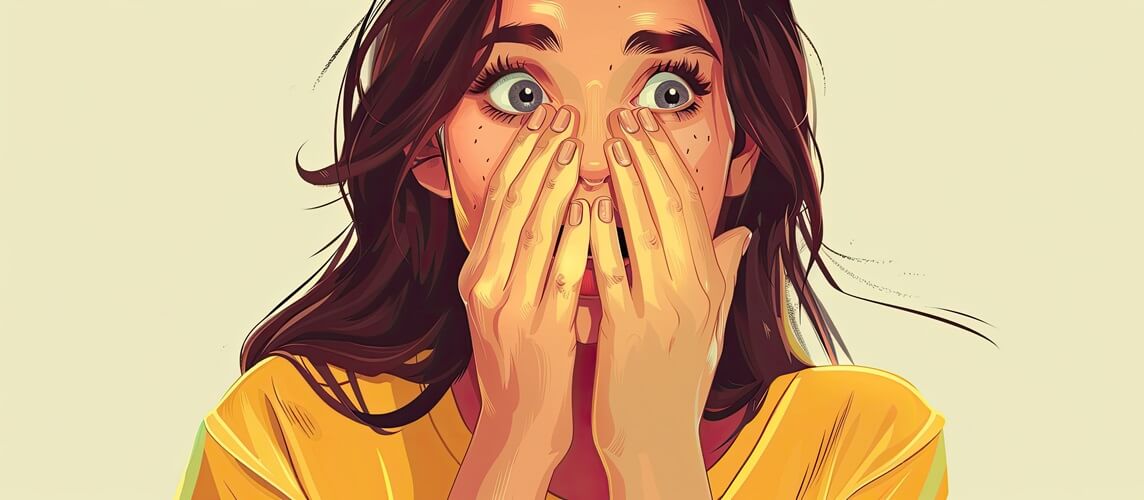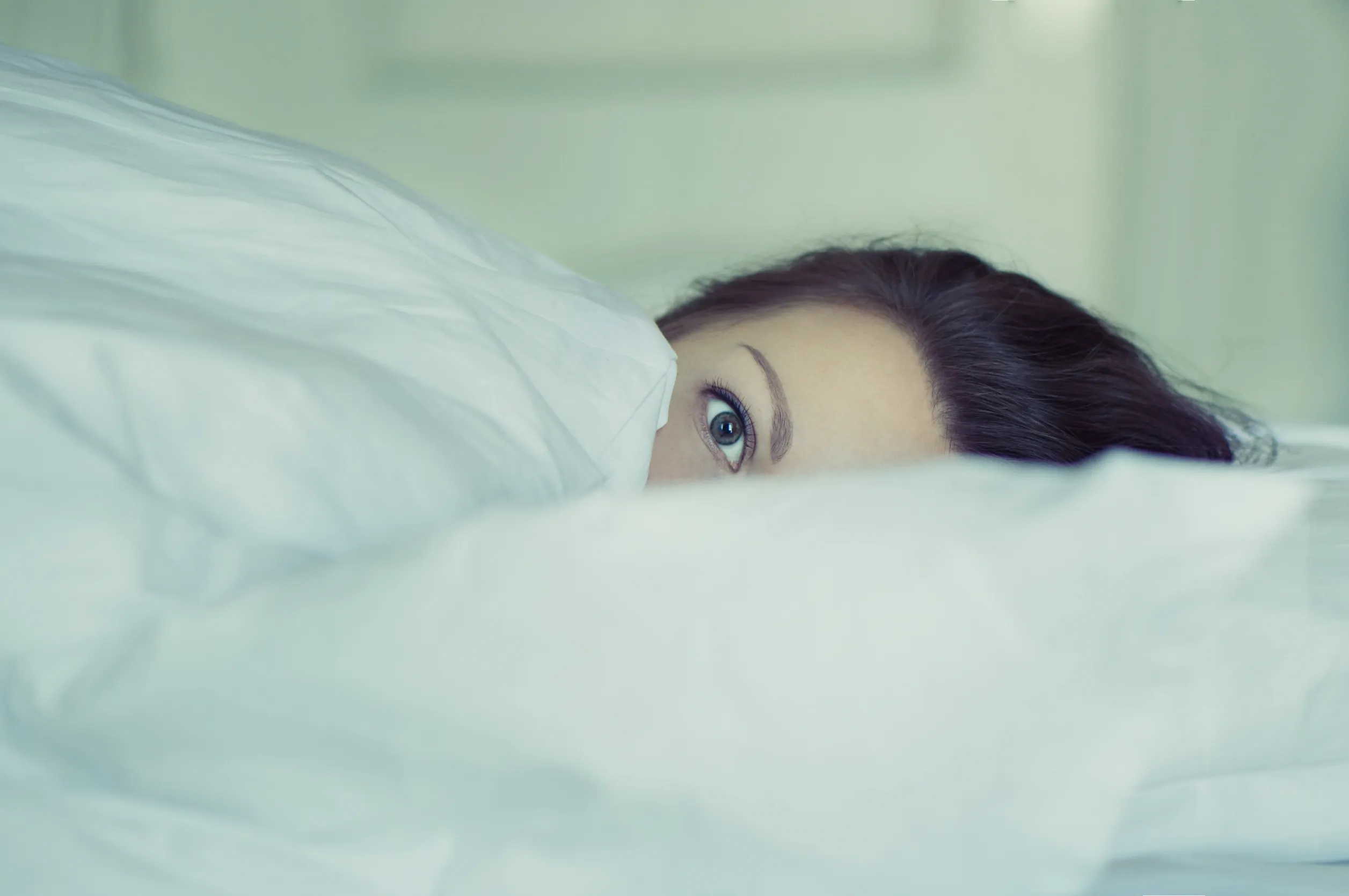Blushing is a normal reaction in certain circumstances. So why might you have a fear of blushing? And what can you do about it?
Karla blushed during a date after she spilled water all over herself and the table. She felt embarrassed and that her date thought she was awkward. From then on, she started getting anxious about blushing again whenever she thought about setting up a date. She even stopped dating for a while, but was unhappy because she wanted a relationship. When she started dating again, she would only go on dates late at night, at one local restaurant that she knew had dim lighting, so if she blushed it wouldn’t be noticeable. This limited her options for having ongoing dates, and her anxiety about blushing made her give up dating once again.
Basics About Blushing
Blushing is an involuntary bodily reaction where your face, ears, neck, and sometimes upper chest become reddened. This is caused by vasodilation — a widening of blood vessels near the surface of the skin. The most common trigger for blushing is feeling embarrassed or self-conscious. Less commonly, it can happen in response to other emotions such as anger or excitement.
Blushing happens most in situations where you might be evaluated by others, such as during public speaking, on a date, or in a work meeting. It’s not fully clear why the human body has a blushing response, but it’s something that everyone experiences at some time.
What Causes Fear of Blushing (Erythrophobia)?
For some people, blushing can become a source of significant fear. So how does the ordinary experience of blushing turn into a phobia?
For people with a fear of blushing (also called erythrophobia) the scariest part isn’t the blushing itself. Instead, it’s the fear of negative attention and reactions from others in response to blushing. Fear of blushing is closely related to social anxiety; both involve a fear of being judged or criticized by others.

Anytime we fear something, we naturally become more focused on and aware of it. If it’s something that’s occurred before, our minds and bodies stay “on alert” in case it happens again. That’s why if you fear blushing you start to anxiously anticipate situations where blushing could occur. You might be tempted to avoid or control those situations.
In an effort to prevent blushing, people with erythrophobia also pay more attention to bodily changes that could be early signs of blushing. Paying attention to what’s going on inside our bodies makes it easier to notice subtle changes that can precede blushing.
Unfortunately, anticipating blushing and noticing these subtle bodily changes actually increase fear and make it easier for blushing to happen in the future. That’s how the fear of blushing becomes a vicious cycle. Being anxious about blushing actually makes it more likely to happen, which, in turn, increases your fear of it.
Treatment for Fear of Blushing
Thankfully, fear of blushing is treatable. Cognitive-behavioral therapy (CBT) uses several techniques that can help you find relief.
Exposure
Exposure is a CBT therapy technique used for many types of anxiety. It involves you intentionally (and in a controlled way) facing the situation that causes fear. Exposure helps you stop avoiding situations in which you fear blushing. It also helps you stop using safety behaviors (things you do to feel “safe” if you have to push through a situation where you might blush). These could be things like the following:
- covering your face with large sunglasses
- growing your hair longer to cover more of your face
- wearing a wide-brimmed hat
- wearing clothing that covers your neck and upper chest
- using makeup to make blushing less visible
- paying attention only to your phone instead of to the people around you
- turning your face away from others
Attentional retraining
Attentional retraining helps you turn attention away from your body and whether or not you’re blushing. You and your CBT therapist plan situations in which you practice paying close attention to, or concentrating on, what’s going on around you. For example, you might go for walk through a park aiming to describe the sights, sounds, smells, and people there in detail.
Changing your thinking
A CBT clinician can also help you practice thinking differently about how likely or how awful the negative perception by others might actually be. This can be surprisingly helpful for people with erythrophobia. A CBT therapist would typically use worksheets and homework exercises to help you strengthen new ways of thinking about blushing.
When used together, these CBT techniques can break the cycle that keeps fear of blushing going and lead to relief.
A fear of blushing can seem harmless or even “cute” to others, but in reality, can be debilitating and distressing. If a fear of blushing is holding you back, please contact us.









